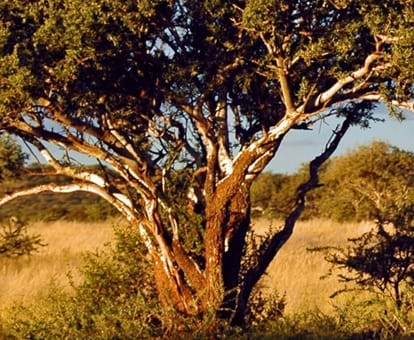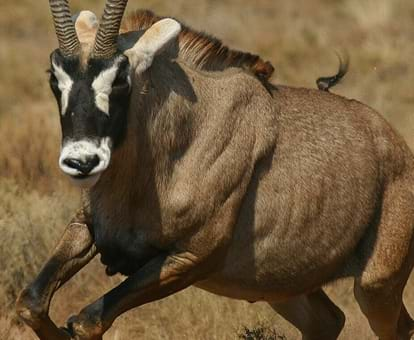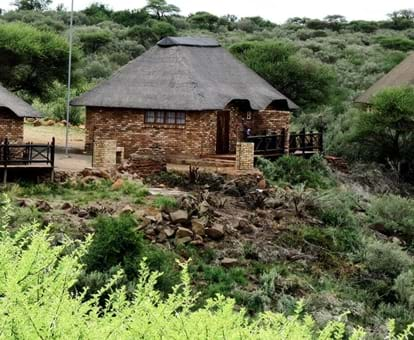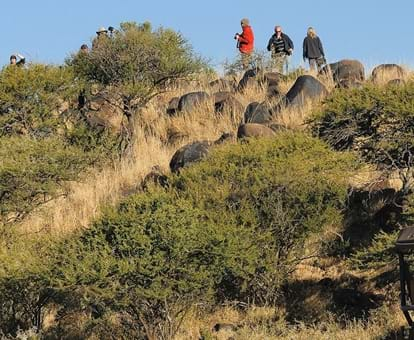By creating an account, I agree to the
Terms of service and Privacy policy
Choose your country and language:
Africa
Americas
Asia Pacific
Europe
JJust south of Kimberley lies the delightful Mokala National Park, dotted with beautiful African Camel thorn trees. Its open Kalahari plains offer easy sightings of rare animals like tsessebe and roan antelope. It is especially rich in raptors – you’ll easily see the pale chanting goshawk and a few others.
The tsessebe, say the experts, is the speediest antelope in the Mokala National Park. Actually, it would outrun almost any wild ungulate anywhere in Africa – not that you would have guessed just by looking at it. This racehorse equivalent has high shoulders, a low-slung rump and a somewhat bemused appearance.
It is also on the Red Data list of threatened animals. But at Mokala National Park, just outside Kimberley, the tsessebe is doing rather well. In fact, this new park is home to a thriving host of Red Data species.
Take a drive along Matopi Loop and you stand a better chance of seeing black rhino, white rhino and those irresistible pixie-eared roan antelope. Mokala was declared a national park in 2007, after another national park near Kimberley, Vaalbos, was undeclared after a successful land claim. The park is named Mokala after the Setswana name for the signature tree of this area, the camel thorn, or Acacia erioloba. The older trees tower above in a characteristic umbrella shape, but you'll notice a few look as though thatchers have been at them.
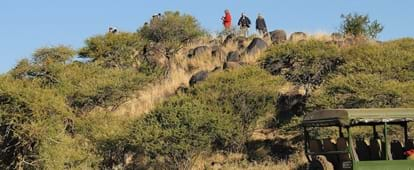
TThese are the huge homes of sociable weavers, each one contributing a single strand of grass every so often. Inside, the birds are shielded from temperature extremes so typical of desert climates.
There may not be many predator mammals, but the park seems to attract more than its fair share of raptors. You'll hardly pass a day here without seeing a pale chanting goshawk or two.
Mokala National Park, Northern Cape
AAt night, with the Kalahari sky full of stars, keep an eye open for Cape eagle owls in the camel thorns. Many of the campsites and lodges offer family-fun activities besides game viewing. Lilydale Rest Camp is situated on the Riet River and is said to have some of the best fly-fishing spots in the area. Catch and release fly fishing offers an exciting experience for visitors.
The new day visitors’ picnic area was opened and is set amongst Kameeldoring trees, with the comfort of ablution facilities near the braai area. At Mosu Lodge enjoy guided game drives, a bush braai (minimum of five guests) or breakfasts under a 400-year-old camel thorn tree. Bookings for the bush braais and breakfasts need to be made two weeks in advance.
Guided rock art engraving drives to explore our cultural heritage are also available to guests.
Related articles

|Terms and conditions|Disclaimer|Privacy policy|Terms and Conditions-Valentines Campaign
